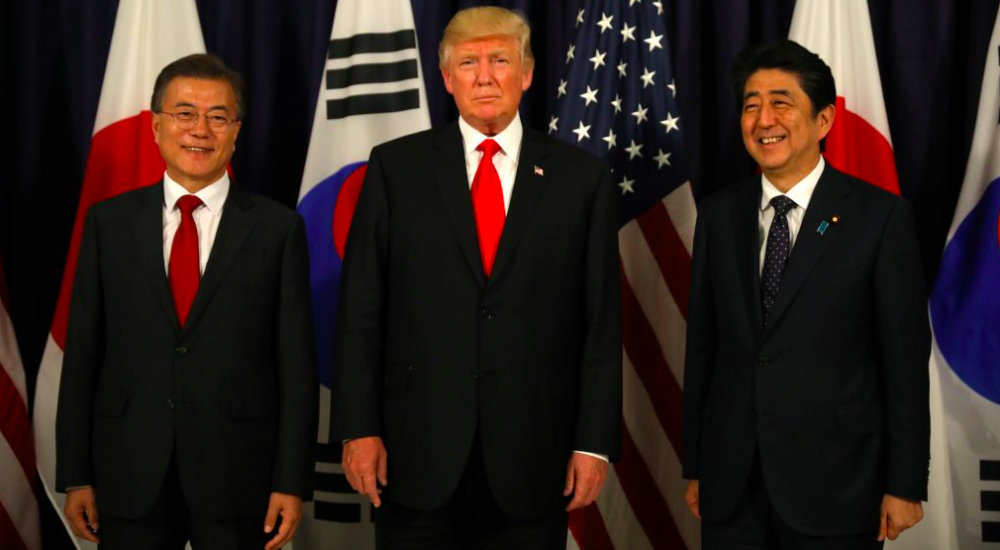The re-election of Donald Trump as U.S. president has revived the prospect of heightened tariffs on Chinese imports. However, China might not be the only Asian country facing the potential impact of this policy shift. According to a recent analysis from Goldman Sachs, other Asian economies could also come under U.S. trade scrutiny as attention turns to bilateral trade imbalances.
Andrew Tilton, Goldman’s chief Asia-Pacific economist, noted that while the U.S. trade deficit with China has slightly narrowed since Trump’s initial presidency, deficits with other Asian countries have climbed. This shift, he suggests, could trigger new tariffs beyond China, targeting additional Asian economies in what he described as a “whack-a-mole” strategy aimed at reducing trade imbalances.

Tariffs are taxes on imported goods, paid by companies importing products into the U.S. rather than the exporting countries. This increases costs for American businesses sourcing from these nations. Significant trade gains with the U.S. have been noted in countries like South Korea, Taiwan, and Vietnam, each benefiting from different dynamics in the global supply chain. South Korea and Taiwan, for instance, have leveraged their strong positions in the semiconductor industry, while Vietnam has gained from supply chain shifts away from China.
South Korea’s trade surplus with the U.S. reached a record $44.4 billion in 2023, driven primarily by car exports, which account for nearly 30% of all Korean exports to the U.S. Taiwan’s exports to the U.S. also surged in 2024, particularly in information technology and audiovisual products, rising by nearly 58% year-over-year in the first quarter. Vietnam, on the other hand, has a substantial trade surplus with the U.S. that reached $90 billion between January and September alone.
Other countries, including India and Japan, also maintain trade surpluses with the U.S., albeit to a lesser extent. However, Goldman Sachs suggests that some of these trading partners may seek ways to curb their surpluses to avoid further scrutiny. Possible actions include increasing imports from the U.S. to reduce overall imbalances.
Analysts from Barclays Bank have echoed Goldman’s concerns, predicting that Trump’s trade policies, particularly new tariffs, could have profound effects on the economies of emerging Asia. They note that economies like Taiwan, more open and export-dependent, are likely to be hit hardest. Thailand and Malaysia could also experience moderate impacts, with Thailand potentially seeing a slightly larger effect.
Data shows that U.S.-China trade has contracted since the first round of tariffs under Trump, though trade volume has redirected to other countries like Vietnam, Mexico, Indonesia, and Taiwan. Mari Pangestu, former trade minister of Indonesia, explains that while the supply chain has broadened to include these nations, China remains a primary source of components, effectively “lengthening the supply chain.”
Going forward, Trump’s administration is likely to keep the pressure on China and other economies with significant U.S. trade deficits. Goldman expects the imposition of additional tariffs on Chinese goods, averaging around 20%, as early as mid-2025. Meanwhile, Asian economies are likely to face intensified scrutiny as Trump’s “America First” policies seek to realign trade dynamics in favor of the United States.
Marc has been involved in the Stock Market Media Industry for the last +5 years. After obtaining a college degree in engineering in France, he moved to Canada, where he created Money,eh?, a personal finance website.


